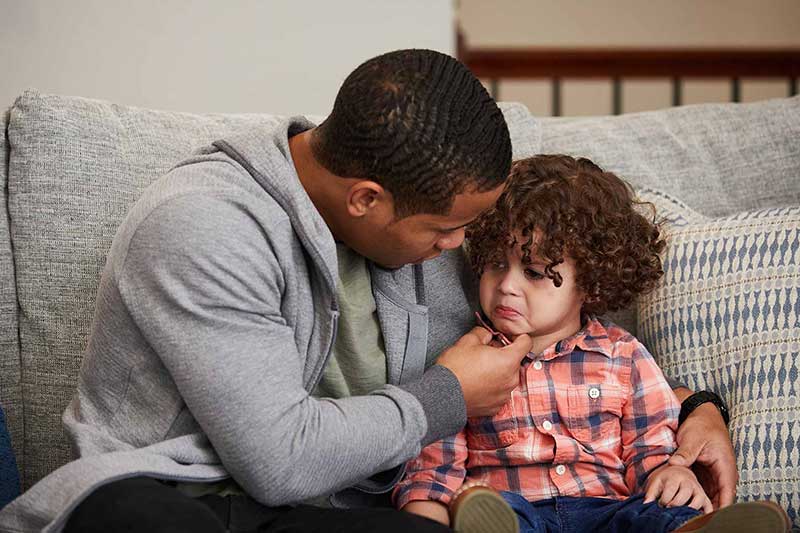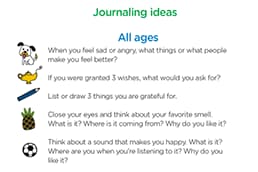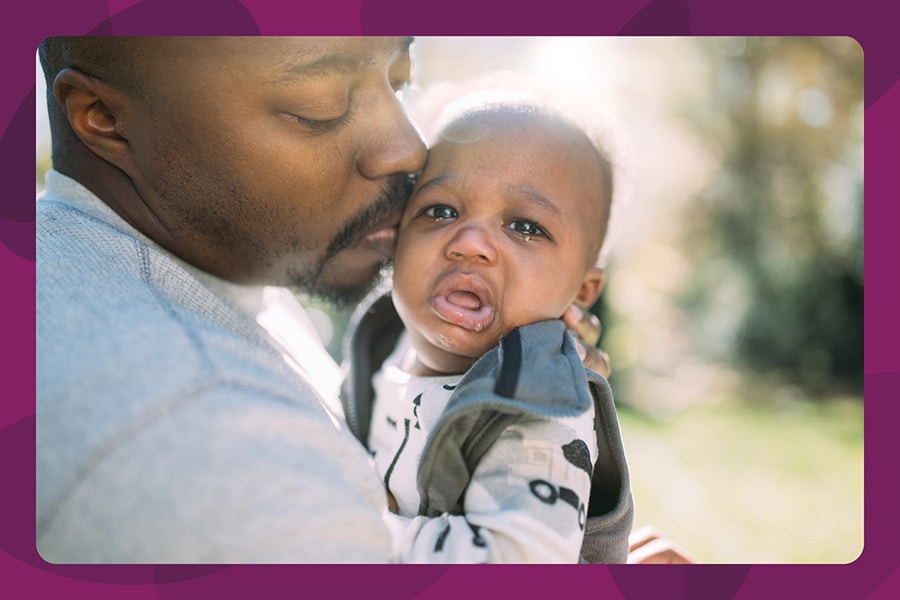Teaching Kids How to Be Grateful
We’ve all been there: Your child opens a gift, then complains that they wanted something else. You wonder in horror if you have raised an ungrateful child. The truth is, it’s totally normal for children (especially young ones) to only think about what they want, and not what they have.
Kids are not born feeling grateful, and they need help learning how to practice and show gratitude. It’s never too early or too late to begin teaching and practicing gratitude with your kids, but the earlier, the better! Keep reading for more information about the benefits of gratitude and how to help your kids practice it.
In this article:
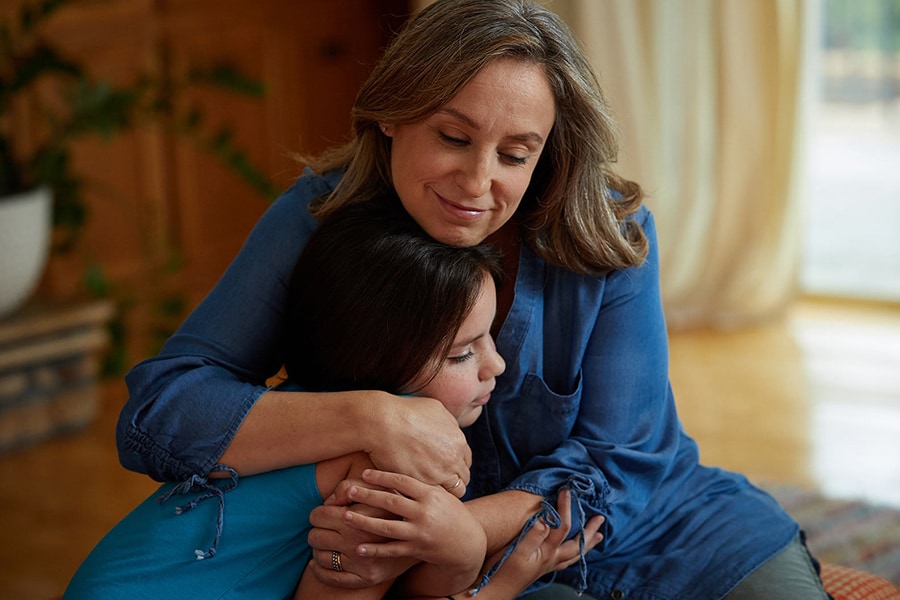
Gratitude is an ongoing process
Gratitude isn’t something we have or don’t have. Being grateful is an everyday choice. Even as adults, gratitude is something we have to work at and practice, by actively focusing on the positives in our lives.
Kids can learn to practice gratitude, too, but they need our help. Try to be a positive role model and be patient while your child is learning. Gratitude will become easier and more natural with practice. Every day, we have a new opportunity to see the good in our lives—and that is something we can all feel grateful for.
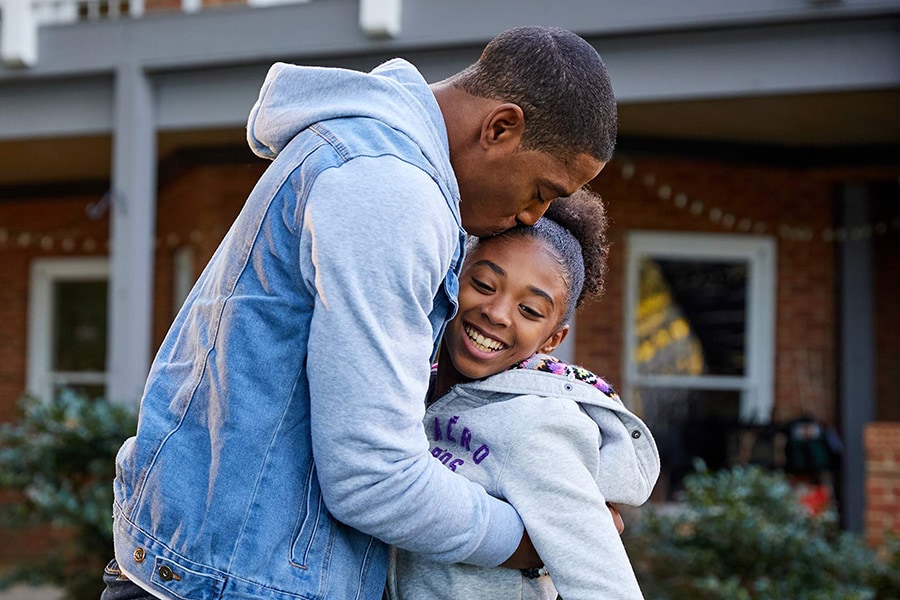
The benefits of gratitude
Having gratitude is about recognizing and showing appreciation for what is good in your life. Many studies show that gratitude has a positive impact on our mental health.
When we feel grateful, we tend to:
- Be in a better mood, and be happier and less stressed.
- Feel more optimistic, positive and hopeful.
- Show more resilience in the face of life’s ups and downs.
- Be more likely to pay attention to what is good in our lives, rather than focusing on the challenges.
Gratitude can also have a positive impact on physical health. Some studies suggest that:
- People who express gratitude tend to take better care of their bodies—by eating well, getting enough quality sleep, exercising—and report fewer aches and pains.
- People who practice gratitude may experience a boost in their immune systems (meaning they are less likely to get sick), have lower blood pressure and get more sleep.
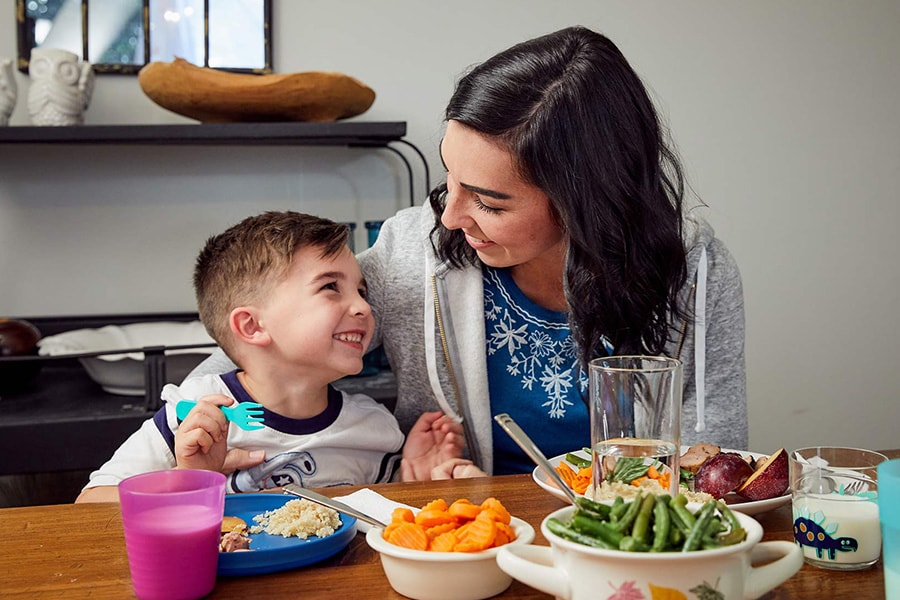
How to teach gratitude
How do you encourage your child to feel (and show) more gratitude? Here are some ideas from our experts:
- Teach “thank you.” It may seem basic, but kids need help learning how and when to say “thank you.” As kids are learning, give them gentle reminders for when it is appropriate to offer thanks.
- For younger kids, teach them the words “thank you,” and remind them when to say it, so they can get used to saying it on their own.
- For older kids, you might encourage them to write thank-you notes after receiving birthday gifts from friends and family.
- Model gratitude. Kids need to see the adults in their lives show gratitude before they practice it. Use real-life situations to show how it’s done. For example, say “thank you” to others and, instead of focusing on what you don’t have, take time to express gratitude for what you do have.
- Teach how things are made and where they come from. For example, read books about how things are made, or take your kids to a farm or orchard to see how vegetables and fruit are grown. Having a better understanding of the process, and where things come from, can help us all feel more grateful for the food we eat.
- Acknowledge your kids’ feelings. It’s OK and natural for kids to want things. Let them know you understand, and help them focus on what they do have. Use the opportunity to teach about others who have less.
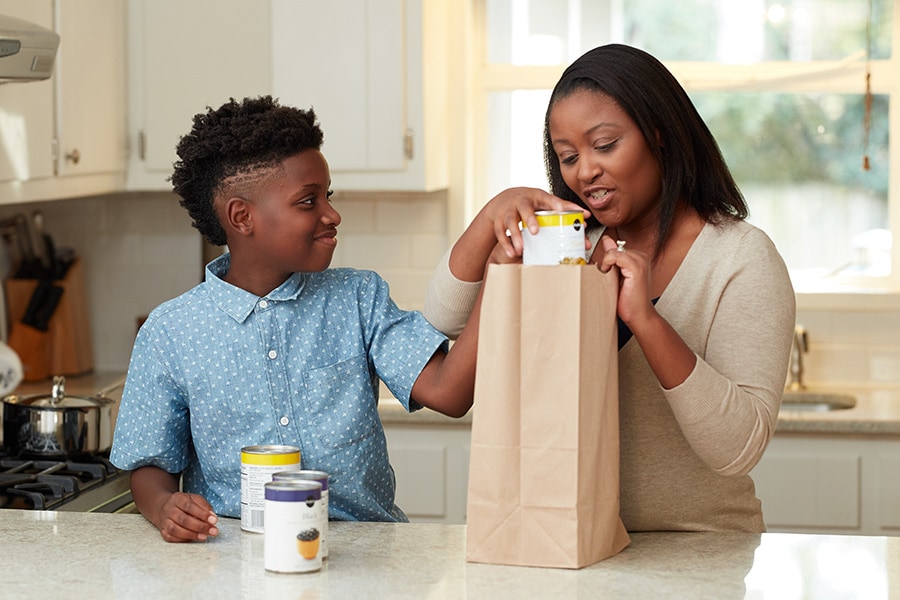
How to practice gratitude
Here are some ways you can practice gratitude with your child:
- Start a routine for gratitude. Consider starting a daily gratitude practice:
- Go around the dinner table and have everyone share one thing they are grateful for.
- Make a habit of talking about one thing you’re grateful for before bed each night.
- Create a gratitude jar and have each family member write something they are grateful for on a piece of paper.
- Think beyond “things.” Encourage your child to notice the good parts of life that money can’t buy, whether that’s time spent with family, the way you made someone feel or a beautiful, sunny day.
- Give back. Bring older kids with you to volunteer in the community. Let your younger child help you sort toys, food or clothes to donate to other kids.

